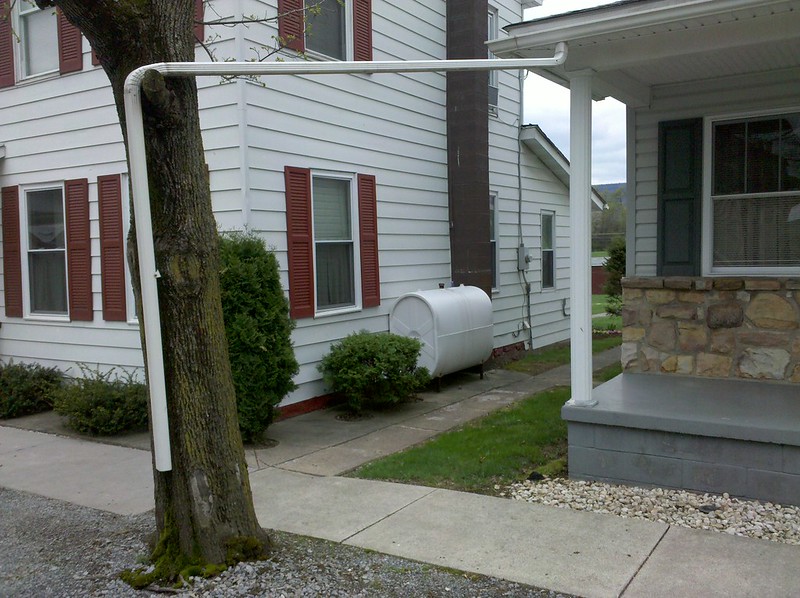Rain gutter systems are vital for safeguarding your home against water damage by channeling rainwater away from the foundation. Effective gutters help prevent problems such as basement flooding and soil erosion. This guide outlines the key aspects of rain gutter systems, including different types, installation steps, maintenance tips, and their benefits.
Types of Rain Gutter Systems
K-Style Gutters: Characterized by a flat bottom and a decorative front resembling the letter “K,” K-style gutters are both aesthetically pleasing and capable of handling substantial water flow. They complement various home styles with their versatility.
Half-Round Gutters: Featuring a rounded, half-cylinder shape, half-round gutters are known for their smooth, classic look and efficient water handling. They are commonly used in traditional and historic homes but are also suitable for modern settings.
Box Gutters: Built directly into the roofline, box gutters have a rectangular shape and are ideal for commercial spaces and homes with an industrial design. They efficiently manage larger amounts of water and provide a sleek, low-profile look that is less obtrusive than other gutter styles.
Installation Process
- Planning and Measurement
Accurate measurement and planning are essential for a successful gutter installation. This involves assessing the roofline, determining the appropriate gutter size, and planning the downspout locations for optimal water flow. - Mounting the Gutters
The gutters are installed along the roofline, secured to the fascia boards with brackets or hangers. Proper alignment and pitch are critical to ensure that water flows toward the downspouts and does not pool in the gutters.
Attaching Downspouts: Secure downspouts to guide water from the gutters down to the ground or into a drainage system. Place them strategically to ensure efficient water flow and avoid overflow issues.
Maintenance Tips
- Routine Cleaning: Regularly remove leaves, twigs, and other debris from your gutters to maintain smooth water flow and prevent blockages. Consistent cleaning reduces the risk of potential water damage.
- Check for Damage Regularly: Periodically inspect your gutters for any signs of wear, such as leaks, corrosion, or sagging. Swiftly fixing these issues helps keep the system working properly and avoids more significant problems.
- Verify Water Flow: Ensure that water moves freely through your gutters and downspouts. Clear any debris or blockages to maintain proper drainage and prevent potential overflow.
Benefits of a Well-Maintained Gutter Systems
- Avoid Water Damage: Effective gutters channel rainwater away from your home’s foundation, minimizing the risk of basement flooding and structural issues.
- Safeguard Landscaping: By managing rainwater flow, gutters help prevent soil erosion and protect your garden from excessive runoff.
- Prolong Roof Lifespan: Properly functioning gutters reduce water damage to your roof, helping it last longer and remain in better condition.
When selecting a gutter system, consider factors such as the type of roof, local climate, and your home’s architectural style. Consulting with a professional can help you choose the best system for your needs and ensure proper installation.
Rain gutter systems are an essential component of home maintenance, offering protection from water damage and enhancing the longevity of your property. By understanding the different types of gutters, following proper installation procedures, and performing regular maintenance, you can ensure that your gutter system functions effectively and continues to safeguard your home.







